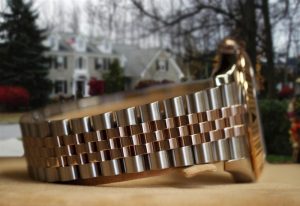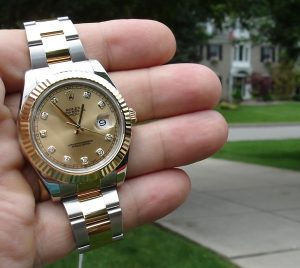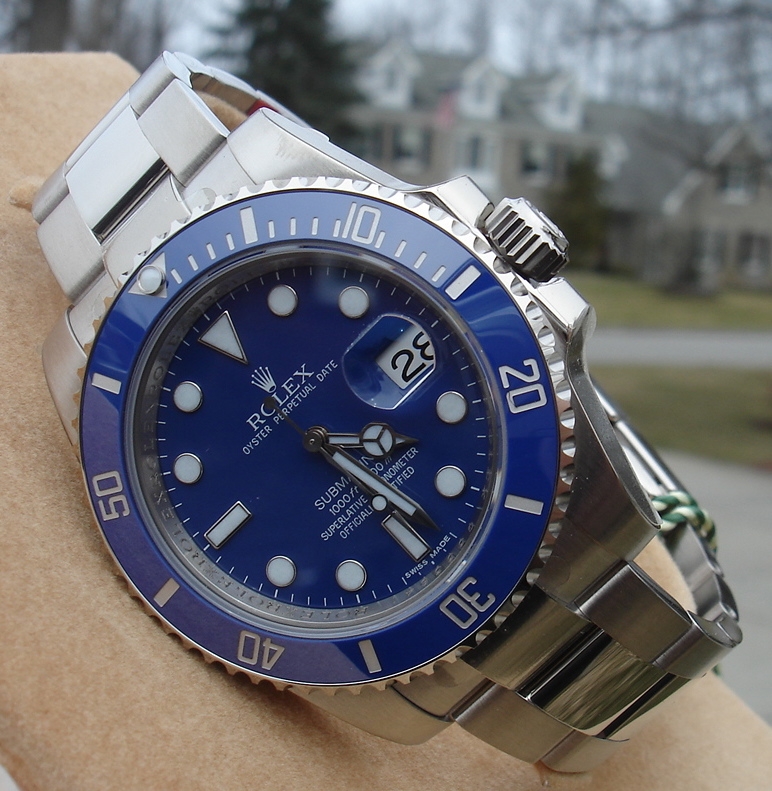What are Rolex Tiffany dials? In short, they are just plain Rolex dials bearing the Tiffany & Co. name. However, this short explanation doesn’t do justice to the importance of these co-branded dials among the Rolex collecting public. While Rolex now maintains incredibly tight control over its products, co-branding was once quite common – a practice that really took off in the 1960s and lasted for over 30 years. 

Like the railroad dial, the tropical dial, or the Paul Newman dial, the “Tiffany dial” is just another tiny variation in the world of vintage Rolex collecting that has a huge impact on the value of the watch. But why are Tiffany dials so sought after and expensive, and which fake Rolex watches have Tiffany dials? Let’s take a deeper look by taking a comprehensive look at Rolex Tiffany dials.
As a well-known jewelry retailer, Tiffany & Co. has a long history of selling watches from a variety of top Swiss watchmakers, including Patek Philippe, Audemars Piguet, and, of course, Rolex. In fact, in 1851, Tiffany & Co. became the first store in the United States to sell Patek Philippe replica watches – a relationship that continues to this day, with select Patek Philippe timepieces still bearing the Tiffany & Co. branding on their dials.
Rolex and Tiffany, on the other hand, entered into a co-branding agreement in the late 1950s. This agreement allowed Tiffany & Co. to carry its famous name on Rolex watches’ dials sold in its boutiques. Early Tiffany Rolex dials were done by hand at Tiffany’s flagship store in New York, but eventually, other Tiffany retail stores began stamping Rolex replicas as well.
Besides, Tiffany & Co. stocked replacement dials at its service centers in case of repairs. As a result, many replacement Tiffany & Co. brand dials are stamped at its service centers or retail stores, rather than at its flagship store in New York City, as in the original example.
